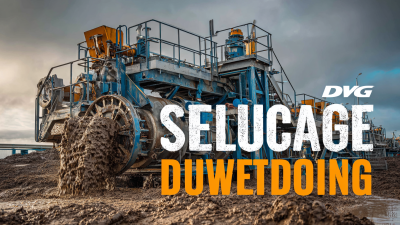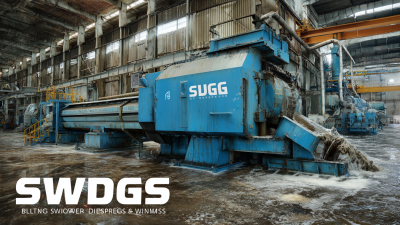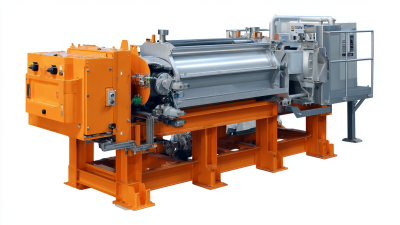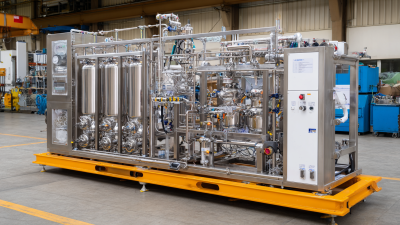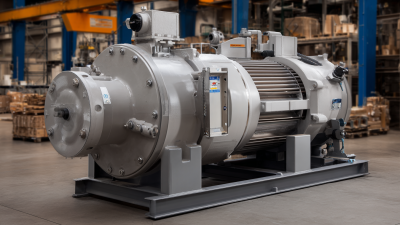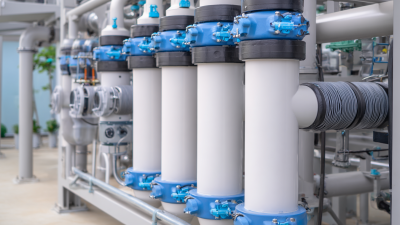 +86 13600513715
+86 13600513715



The efficiency of wastewater treatment processes is increasingly reliant on advanced technologies, such as Moving Bed Biofilm Reactor (MBBR) systems, which utilize Moving Bed Biofilm Reactor Media to optimize performance. According to a report from the Global Water Intelligence, the global wastewater treatment market is projected to reach $750 billion by 2026, driven by stringent regulatory requirements and the need for sustainable practices. MBBR technology has gained prominence due to its capability to enhance nutrient removal while minimizing space requirements. It is estimated that MBBR systems can improve treatment efficiency by up to 40% compared to traditional methods, making them invaluable in energy and cost-saving strategies. By effectively combining biofilm and suspended growth processes, Moving Bed Biofilm Reactor Media creates a versatile environment for biomass growth, significantly contributing to advanced treatment solutions. This introduction highlights the critical role of MBBR media in elevating wastewater treatment standards and underscores its importance in addressing contemporary environmental challenges.
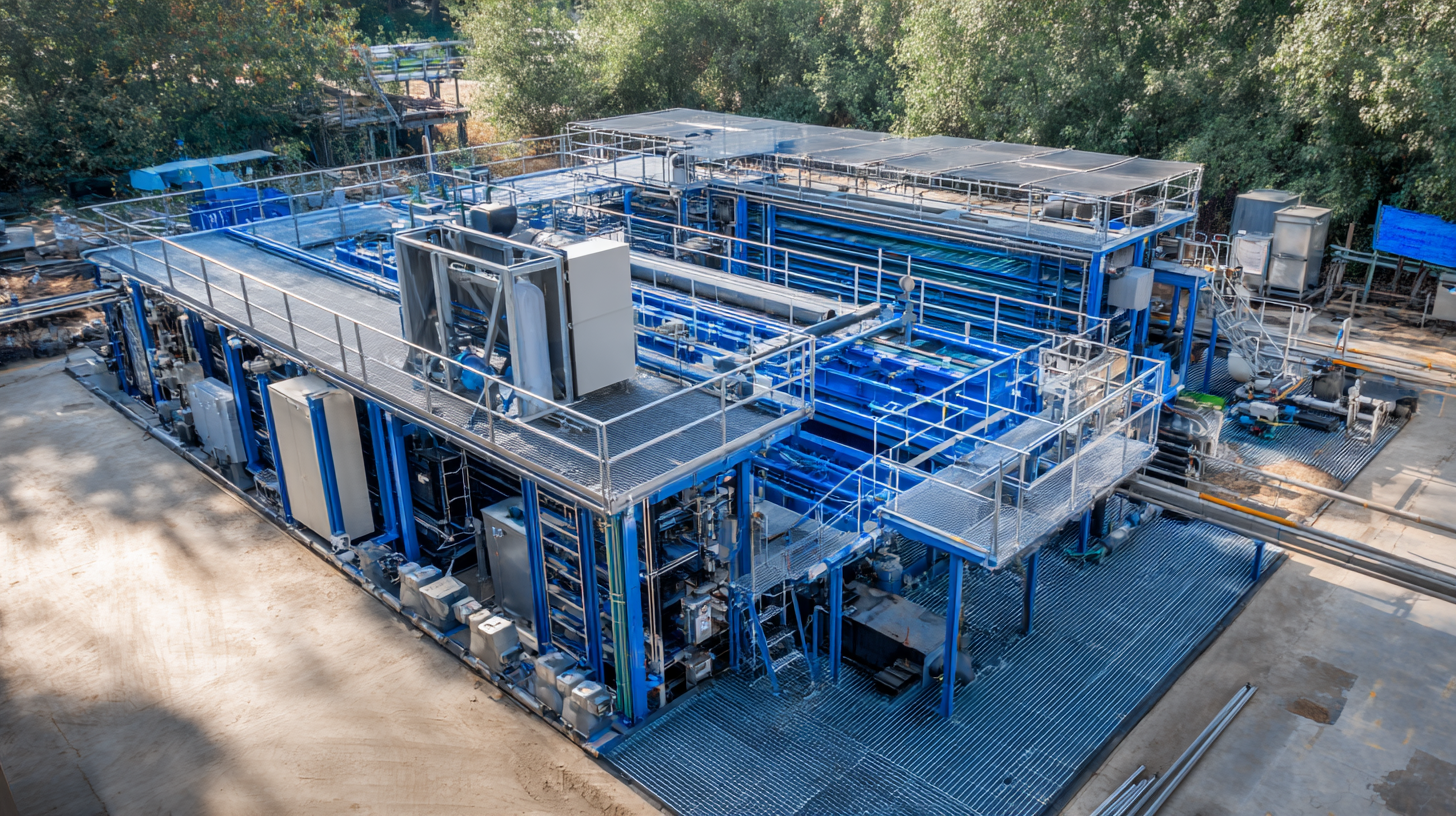
The Moving Bed Biofilm Reactor (MBBR) technology is a progressive method for enhancing wastewater treatment processes through its unique design and operational efficiencies. At the core of MBBR systems are specially designed plastic media that provide a surface for biofilm growth. This biofilm comprises microorganisms capable of breaking down organic pollutants, thus streamlining the treatment process. According to a report by the Water Environment Federation, MBBR systems can achieve BOD (biochemical oxygen demand) removal rates exceeding 90%, making them a highly effective choice for various wastewater treatment applications.
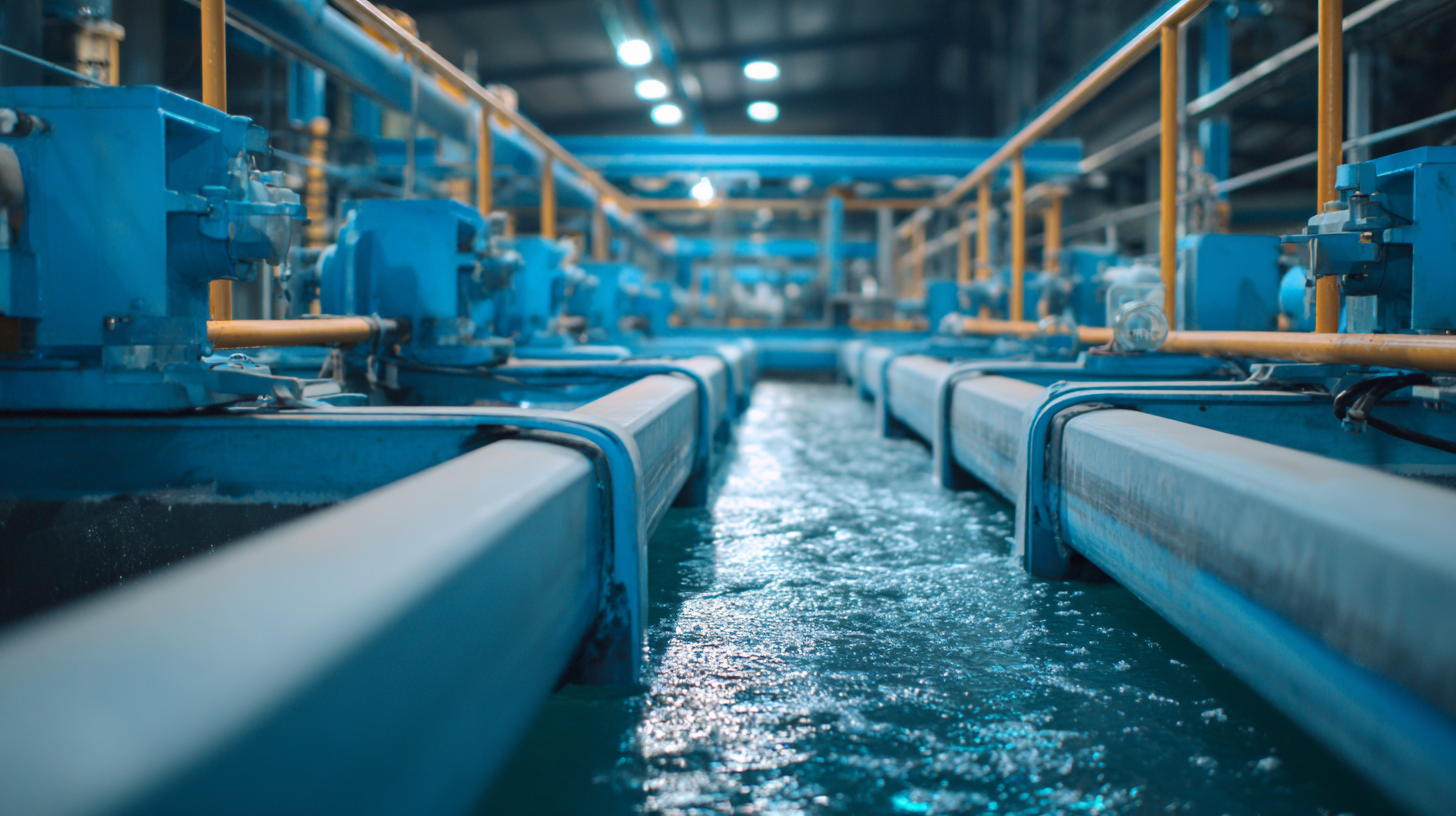
One of the defining features of MBBR technology is its ability to maintain a constant flow of media, which significantly reduces the risk of clogging compared to traditional systems. The media's movement allows for better mixing and oxygen transfer, optimizing the biological processes involved in wastewater treatment. Industry data reveals that the use of MBBR can increase treatment capacity by up to 50% in existing plants without the need for extensive infrastructure modifications. This adaptability and efficiency make MBBR a vital technology in meeting contemporary water quality regulations while minimizing operational costs.
The efficiency of wastewater treatment processes heavily relies on the selection of appropriate media within
moving bed biofilm reactors (MBBRs). Recent studies emphasize that the right media
can significantly enhance treatment performance by providing a larger surface area for microbial growth, which is crucial for
breaking down organic pollutants and toxic substances. Such advancements are vital, especially in addressing the challenges
posed by wastewater that contains harmful contaminants potentially endangering aquatic and terrestrial ecosystems.
Innovatively, nanomaterials are emerging as sustainable options for
wastewater treatment, showcasing their ability to effectively absorb and degrade pollutants. This trend aligns with the
necessity for enhanced media selection in MBBRs. Furthermore, the exploration of reused waste materials as adsorbents highlights
the importance of integrating environmentally friendly solutions into wastewater management systems. This approach
not only facilitates improved treatment efficiency but also promotes resource recovery and sustainability, linking the health of
ecosystems with advanced wastewater treatment technologies.
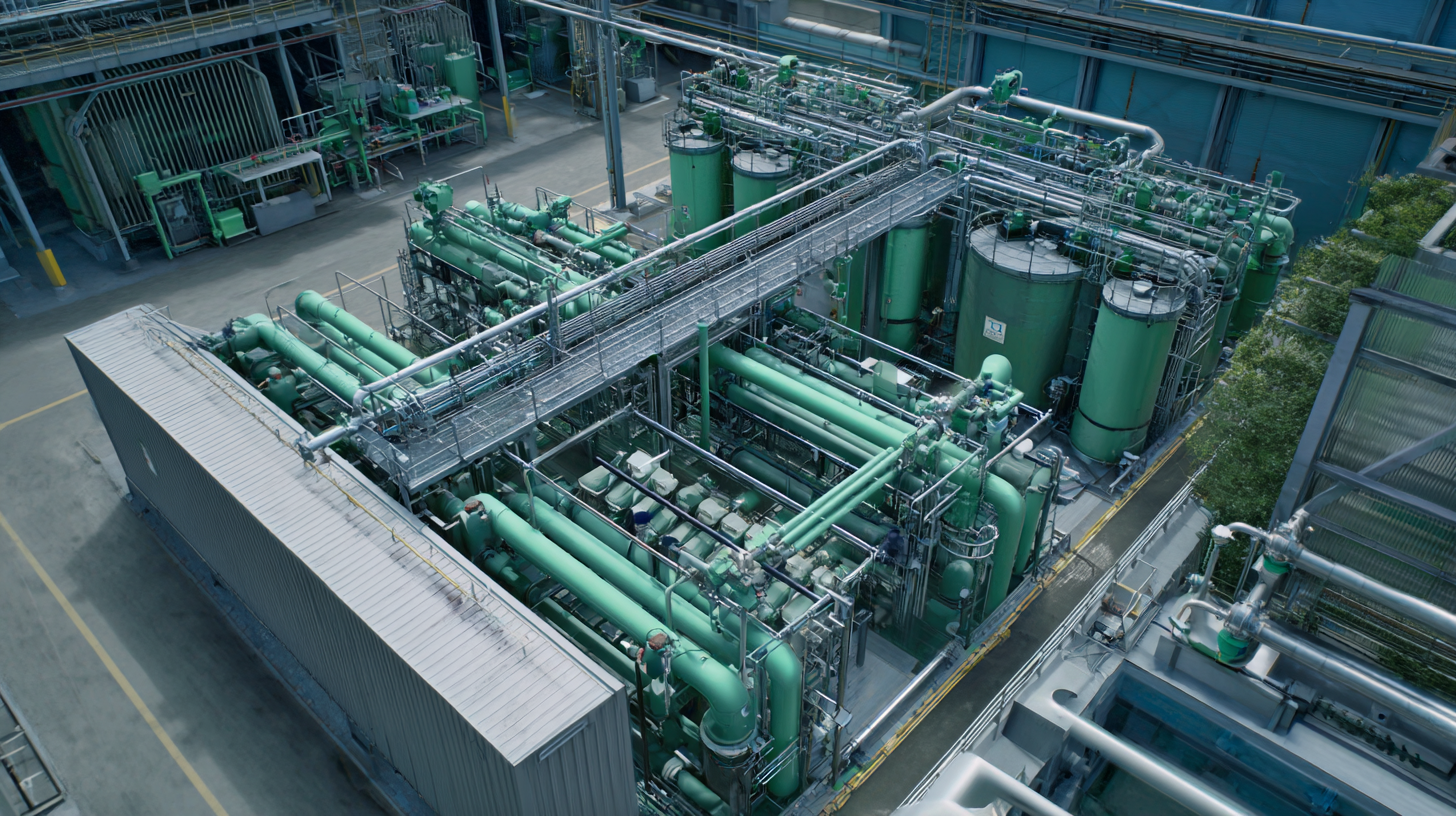 The performance of Moving Bed Biofilm Reactor (MBBR) media is influenced by several critical factors. One of the primary elements is the type of media used, which affects the growth of biofilm and overall treatment efficiency. High surface area media, such as specific plastics or ceramics, promotes better attachment for microorganisms, facilitating enhanced degradation of pollutants. Additionally, the shape and density of the media play a role in ensuring optimal flow dynamics within the reactor, thus preventing clogging and ensuring that all media receive adequate wastewater exposure.
The performance of Moving Bed Biofilm Reactor (MBBR) media is influenced by several critical factors. One of the primary elements is the type of media used, which affects the growth of biofilm and overall treatment efficiency. High surface area media, such as specific plastics or ceramics, promotes better attachment for microorganisms, facilitating enhanced degradation of pollutants. Additionally, the shape and density of the media play a role in ensuring optimal flow dynamics within the reactor, thus preventing clogging and ensuring that all media receive adequate wastewater exposure.
Tips for optimizing MBBR performance include monitoring the hydraulic retention time (HRT) and ensuring it aligns with the specific characteristics of the wastewater being treated. Regularly assessing the biofilm thickness can also provide insights into media efficacy; too thick of a biofilm might hinder mass transfer, while too thin can lead to insufficient treatment. It's essential to adjust operational parameters based on these observations to maintain ideal conditions for microbial activity and optimize overall reactor performance.
Maintaining the integrity of Moving Bed Biofilm Reactor (MBBR) media is critical for optimizing wastewater treatment processes. To ensure effective performance, operators should regularly monitor and manage the physical condition of the media. This involves checking for any signs of wear or clogging that may compromise the biofilm development. It is essential to establish routine inspections and cleaning schedules, as well as using appropriate methods for backwashing or removing accumulated debris without damaging the biofilm.
Additionally, the proper handling and transportation of MBBR media are crucial when changes or adjustments are necessary. Operators should follow best practices for moving media, such as using specialized equipment to minimize shock and prevent settlement that could disrupt biofilm formation. These practices not only extend the lifespan of the media but also enhance the overall efficiency of the reactor. Regular training for staff on these best practices can lead to improved operational outcomes and higher quality effluent, underscoring the importance of diligent media maintenance in wastewater treatment systems.
Optimizing Moving Bed Biofilm Reactor (MBBR) systems is essential for achieving superior wastewater treatment outcomes. One of the key strategies in optimizing these systems is the careful selection and management of the biofilm media. By enhancing the surface area and improving the material's characteristics, operators can promote more effective microbial growth, resulting in better degradation of organic pollutants. For instance, utilizing high-performance media with specific surface textures can significantly increase biofilm attachment rates and stability, thus improving overall efficiency.
In addition to media selection, the design and operational parameters of MBBR systems should be tailored to maximize treatment performance. Factors such as hydraulic retention time, temperature, and nutrient availability can dramatically influence the behavior of biofilms. Implementing advanced monitoring techniques enables real-time adjustments to these parameters, ensuring optimal conditions for microbial activity. By integrating innovative media and operational strategies, MBBR systems can achieve enhanced nitrogen and phosphorus removal, leading to a more sustainable wastewater treatment process that meets increasing regulatory demands and environmental standards.
| Parameter | Description | Value/Range |
|---|---|---|
| Media Type | Type of media used in MBBR systems | Plastic, PVC, or Polyethylene |
| Surface Area | Specific surface area of the media | 500 - 1000 m2/m3 |
| Media Density | Weight of media per unit volume | 300 - 800 kg/m3 |
| Operation Time | Typical operation time for MBBR systems | Continuous |
| Removal Efficiency | Efficiency in removing organic pollutants | 85% - 95% |
| Retention Time | Hydraulic retention time required for treatment | 4 - 8 hours |
| Temperature Range | Optimal temperature range for biological activity | 10 - 35 °C |
| Chemical Oxygen Demand (COD) | Measured COD for influent and effluent | <50 mg/L (after treatment) |
